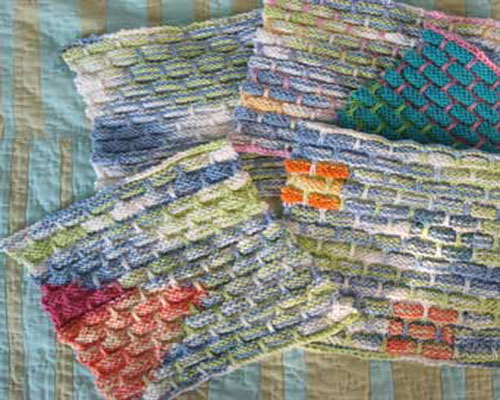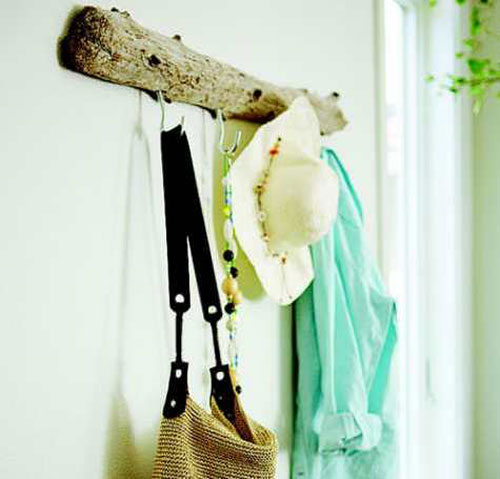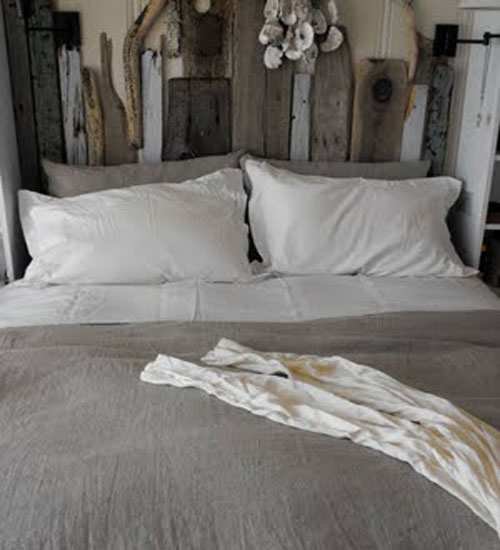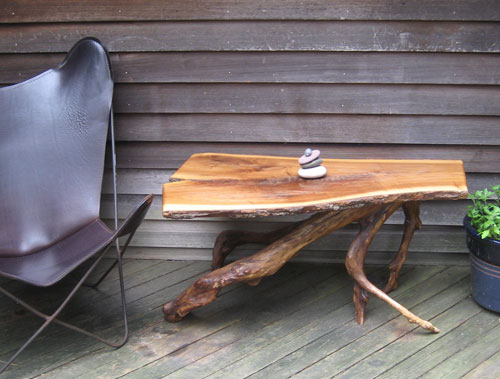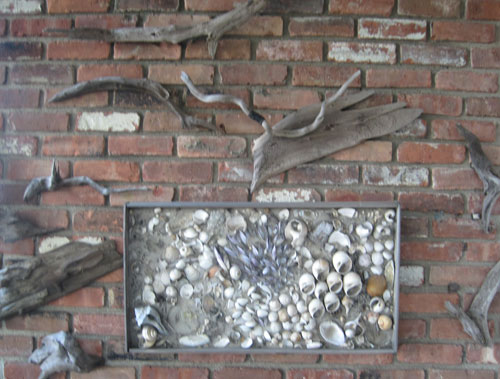 This clock not only looks good, it does good! It was designed by iconic graphic designer, Milton Glaser.
Before I get to all that goodness, I have to tell you about one of my kids (gush). You may click away now if you have no use for that nonsense (the gushing). But if you stay, I promise you'll find out what this has to do with the clock.
This clock not only looks good, it does good! It was designed by iconic graphic designer, Milton Glaser.
Before I get to all that goodness, I have to tell you about one of my kids (gush). You may click away now if you have no use for that nonsense (the gushing). But if you stay, I promise you'll find out what this has to do with the clock.
My daughter is a very talented graphic designer/artist (gush, gush), who now has an awesome job in her chosen field. When she graduated from RISD, she landed a much-coveted internship with Milton Glaser. She got a rare glimpse into his design genius. Maybe even more importantly, she learned first-hand how a designer creates a culture of making a difference through design. You may recall, Milton designed the I ♥ NY logo for the New York State Department of Commerce. His design became the most frequently imitated logo design in human history. Anyway, my daughter shared with me a link to the Botanist-Socially Responsible Modern Products and Milton's Epigram Clock. Since I just wrote about clocks, it seemed fitting to add this witty one to the mix.
Now we can get on with the business at hand (thanks for not clicking away!) What’s so good about the Epigram Clock? It constitutes socially responsible design because a percentage of the proceeds from the Epigram Clock goes directly to the International Rescue Committee. “The IRC responds to the world’s worst humanitarian crises and helps people to survive and rebuild their lives. Founded in 1933 at the request of Albert Einstein, the IRC offers lifesaving care and life-changing assistance to refugees forced to flee from war or disaster.”
Socially responsible design seems like something we should teach to all kids. Maybe as consumers (and parents), we could set an example and start a socially responsible cultural movement of our own. Why? Because...time flies.
Credits: Botanist

